This NEW AI From Microsoft — Will Leave You Speechless!
 Sumi Sangar
Sumi Sangar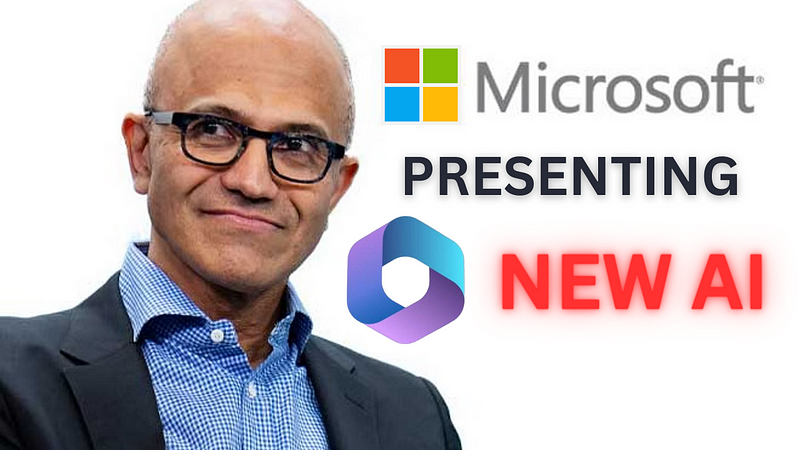
In a bold move to expand its presence in the field of artificial intelligence, Microsoft has recently unveiled its very own language model aimed at competing directly with OpenAsChat GPT. With a growing demand for advanced conversational AI systems, Microsoft’s new offering, named Converse AI, is set to make waves in the industry and challenge the dominance of existing language models.
This moves signals Microsoft’s commitment to innovation and its determination to establish a foothold in the rapidly evolving landscape of natural language processing. The development and launch of Converse AI marks a significant milestone for Microsoft, which has been investing heavily in artificial intelligence research and development over the past few years. Leveraging its expertise in cloud computing, machine learning, and natural language processing, Microsoft has created a formidable competitor to OpenAsChat GPT. By entering this market, Microsoft aims to cater to a wide range of applications, from chatbots and virtual assistants to customer support systems and content generation tools.
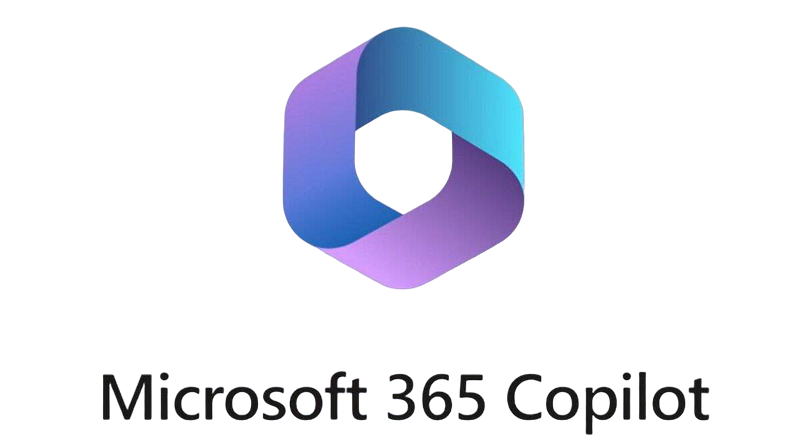
One of the key differentiating factors of Converse AI is its deep integration with Microsoft’s existing suite of products and services. By leveraging its vast ecosystem, which includes popular platforms like Azure, Office 365, and Dynamics 365, Microsoft has the potential to offer seamless integration and enhanced capabilities to its users. Businesses and developers already familiar with Microsoft’s offerings may find it easier to adopt and integrate Converse AI into their existing workflows, giving the new language model a competitive edge in the market. Microsoft’s decision to enter the conversational AI space is not without its challenges.
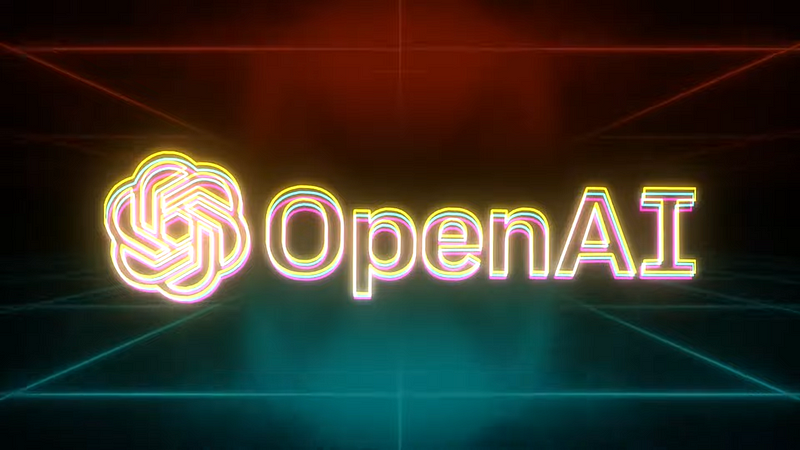
OpenAsChat GPT has already established a strong presence and garnered a loyal user base. Additionally, the advancements made by OpenI, with subsequent iterations of GPT models, have set a high bar for competitors to meet. However, Microsoft’s extensive resources and commitment to research and development could position Converse AI as a worthy rival, capable of pushing the boundaries of what conversational AI can achieve.

Privacy and ethical considerations have been at the forefront of AI discussions in recent years, and Microsoft has made it clear that it is taking these concerns seriously with Converse AI. In line with its responsible AI principles, Microsoft has implemented strict data governance practices and robust security measures to protect user data and ensure privacy. By emphasizing these aspects, Microsoft aims to build trust and instil confidence among users and businesses, addressing one of the key concerns associated with language models. Another noteworthy aspect of Converse AI is its focus on customization and adaptability.
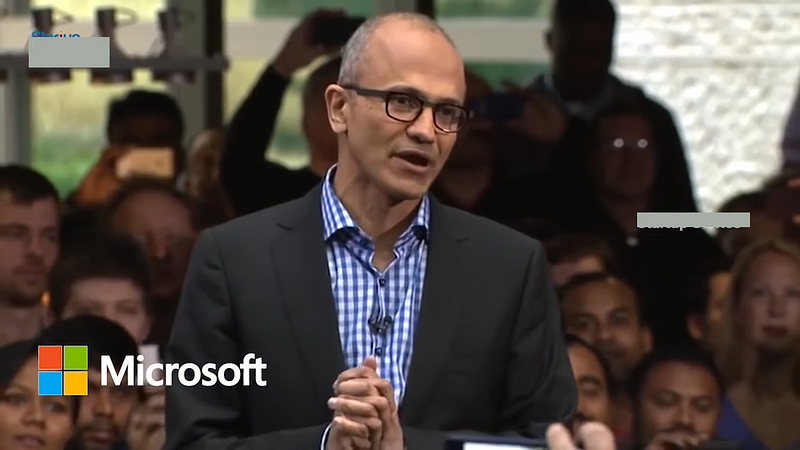
Microsoft recognizes that different industries and domains have unique requirements and use cases for conversational AI. With Converse AI, Microsoft aims to provide developers with a flexible and customizable platform that can be tailored to meet specific needs. This level of customization, combined with Microsoft’s comprehensive suite of tools and services, positions Converse AI as a versatile solution capable of catering to diverse industry verticals. Moreover, Microsoft’s long-standing presence in the enterprise market could give Converse AI an advantage in terms of adoption and deployment. Many organizations already rely on Microsoft’s technologies for their day-to-day operations, and integrating Converse AI into their existing infrastructure could be a logical next step.
By capitalizing on its enterprise relationships and leveraging its reputation for reliability and support, Microsoft can potentially carve out a significant market share for Converse AI in the business sector. Microsoft’s entry into the conversational AI market with Converse AI also has broader implications for the field as a whole. The competition between Microsoft and OpenAI can foster healthy rivalry and drive advancements in technology. This rivalry could lead to faster progress in natural language processing, as both companies strive to outdo each other in terms of model performance, capabilities, and user experience. Furthermore, the availability of multiple strong competitors in the conversational AI space can lead to increased innovation and a wider range of options for developers and businesses. It encourages a vibrant ecosystem where different models and approaches can coexist, each catering to specific needs and use cases. This diversity can lead to creative solutions and advancements in various industries, including customer service, content generation, virtual assistance, and more. The launch of Converse AI by Microsoft also highlights the growing demand for conversational solutions. Businesses across various sectors are recognizing the potential of eye-powered conversational systems to enhance customer interactions, improve efficiency, and drive growth. With Microsoft’s extensive reach and resources, Converse AI has the potential to reach a wide customer base and drive the adoption of conversational AI technologies even further.
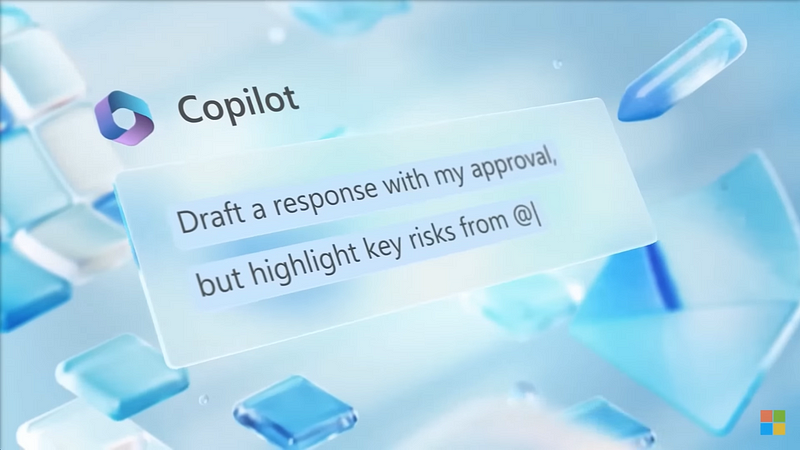
Moreover, Microsoft’s entry into the conversational AI space can bring benefits to developers and researchers. It introduces another platform for experimentation and collaboration, enabling the community to build on Microsoft’s technology and contribute to its further development. By encouraging an open and collaborative approach, Microsoft can leverage the collective intelligence of the AI community and drive advancements in the field. As with any new AI technology, there are also challenges and considerations that Microsoft will need to address as Converse AI progresses. One of the key challenges is ensuring fairness and mitigating biases in the model’s responses. Bias and AI systems have been a prevalent concern, and Microsoft will need to invest in robust bias detection and mitigation techniques to ensure that Converse AI provides unbiased and equitable responses to user queries.

Additionally, the scalability and reliability of Converse AI will be crucial factors in its success. As adoption grows and the system handles larger volumes of requests, it will be essential for Microsoft to ensure that Converse AI can handle the increased load without compromising on response quality or system performance. Continuous monitoring, maintenance, and improvements will be necessary to address any scalability issues that may arise.
Furthermore, the launch of Converse AI by Microsoft adds another layer of diversity and choice for developers and businesses looking to implement conversational solutions. With multiple strong contenders in the market, customers can evaluate different models, compare their performance, and choose the one that best aligns with their specific requirements. This healthy competition fosters innovation and encourages continuous improvement, ultimately benefiting end users with more advanced and capable conversational AI systems.
Microsoft’s vast ecosystem and market presence also gives Converse AI an advantage in terms of accessibility and adoption. The company’s strong presence in enterprise software and cloud computing provides an established platform for organizations to integrate Converse AI seamlessly into their existing workflows. This integration can streamline processes, enhance productivity, and deliver more personalized and efficient interactions with customers. Moreover, Microsoft’s commitment to privacy and ethical considerations can be a significant factor in attracting users to Converse AI.
As AI technologies become more pervasive, concerns surrounding data privacy and the ethical use of AI are paramount. Microsoft’s emphasis on responsible AI practices, data governance, and security measures can provide reassurance to users that their data is protected and that AI systems are developed and deployed responsibly.

It’s worth noting that while Microsoft’s Converse AI aims to compete with Open As Chat GPT, healthy competition in the AI market goes beyond just these two players. Several other organizations and research institutions are also actively developing and refining conversational models. The presence of multiple competitors fosters a collaborative environment where ideas are exchanged, advancements are shared, and the overall progress of the field is accelerated. In conclusion, Microsoft’s entry into the conversational AI market with Converse AI signifies the company’s commitment to innovation and its recognition of the growing demand for advanced AI language models. With its integration capabilities, focus on privacy and ethics, and commitment to continuous improvement, Converse AI has the potential to be a strong competitor in the field.
The competition between Microsoft and OpenEye, along with other players in the market, will undoubtedly lead to advancements in conversational AI, driving the technology forward and opening up new possibilities for businesses and individuals alike.
Thank you for sticking with me until the end.
Subscribe to my newsletter
Read articles from Sumi Sangar directly inside your inbox. Subscribe to the newsletter, and don't miss out.
Written by

Sumi Sangar
Sumi Sangar
Software Engineer with more than 10 years of experience in Software Development. I have a knowledge of several programming languages and a Full Stack profile building custom software (with a strong background in Frontend techniques & technologies) for different industries and clients; and lately a deep interest in Data Science, Machine Learning & AI. Experienced in leading small teams and as a sole contributor. Joints easily to production processes and is very collaborative in working in multidisciplinary teams.